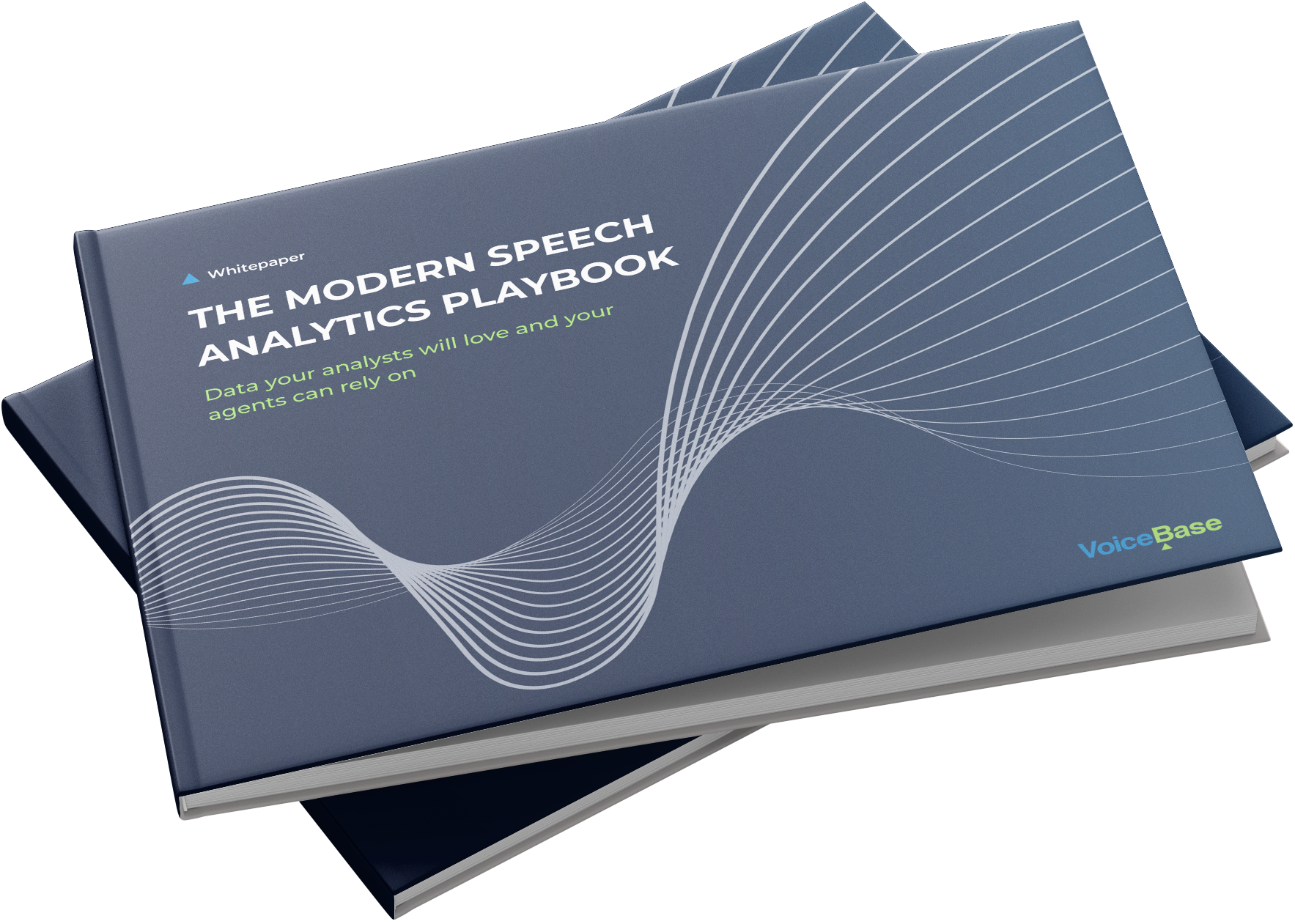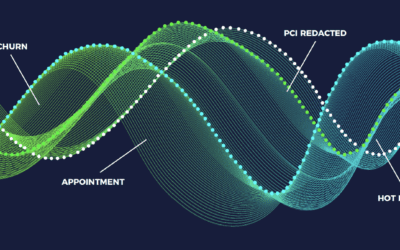The Importance of Listening to Customers
We all know that customers are the lifeblood of organizations, so organizations should treat their relationship with the customer as extremely important. Applying intelligence to voice data, either through analytics or artificial intelligence (AI), is particularly useful to both the customer and the organization.
Organizations can identify patterns to improve the relationship, and customers will, in turn, get a better experience. Typically organizations use crucial voice interactions to extract vital information from customer interactions to measure and improve performance, but there is much more potential in leveraging voice data. The power of voice data in the customer experience goes beyond organizational excellence to relational effectiveness.

But, one of the trends has caught the eyes of major research firms such as Techavivo and Gartner: Speech analytics. With a projected growth of $2.7 billion between 2019-2023, 18% CAGR, Voice analytics is expected to help many businesses revolutionize their Customer Experience (CX) hence increasing efficiency in their remote call centers for maximum ROI.
Using Voice Data for Organizational Performance
Organizations are always looking for efficiency while optimally managing their resources. Contact centers and agents need the utmost efficiency and performance so that voice data can be searched for desired and undesired behavior. Customer service usually means measuring call handling times to deal with call volume. Sometimes call center agents are just measured on time to complete without considering if the customers’ outcomes were delivered or experienced frustration in getting their needs translated into corporate transactions. Measuring customer sentiment in real-time adds a differentiating factor into the overall call handling perspective. If a customer has to call multiple times to get something done while the organization/agents hit handle time goals, they may not be impressed and leave permanently.
Indeed, voice data helps improve agent script adherence and the actual scripts themselves. Voice is also helpful in detecting when competitors’ names are mentioned for further evaluation. When fine-tuning agent training programs, voice data is invaluable, enabling first call resolution and even reduce average call handling times. Some “bigger picture” efforts such as payment compliance, including redaction for terms like “credit card number” or “social security number,” also benefit from voice data and analytics. You can even fine-tune your marketing campaigns by picking up on themes and slogans.
Using Voice Data for Voice of the Customer
Voice data delivers significant opportunities for a better customer experience without the customer knowing it. An example would be finding the best call center agent for each customer on a real-time basis. AI can understand which agent is suited for the type of call because not every call needs your best agent. Understanding who is needed will reduce frustration, call transfers, and escalations to managers or higher-skilled agents. Another terrific use is AI & voice data would understand the customers’ emotions. This emotional understanding would allow a real-time sense of frustration, anger, or sweet satisfaction. Appropriate actions could be taken at the moment, and lessons learned could be recorded for future analysis. Instant adaptation is a much more reasonable approach to responding to the customers in a way that optimizes the customer’s experience.
Customer pain points are sensed with voice analysis and dealt with before becoming a sour customer growing negative reputations. This analysis will reduce customer churn and increase net promoter scores. Imagine learning what is causing customer churn and adjusting strategies on the fly. Customer analysis helps implement predictive speech analytics to deal with the customer at risk and act immediately. It might include a link to smart calling software for callbacks when an expert can reach out back to the customer. In turn, call center supervisors can implement strategies to prevent churn by improving building a knowledge base, better training, and improved scripts.
Even if caller emotions can’t be handled in a real-time fashion, there is an aggregate picture of the overall customer satisfaction by measuring and classifying caller emotions into buckets. Examples would likely include want, like, frustration, anger, annoyance, need, passion, and pleasure. Not only can sentiment be classified, so can call drivers, topics discovery, and brand health. Keywords can lead to emerging trends, and real-time dashboards focused on customer experience.
Using Voice Data for Voice of the Employee
Often forgotten in the shuffle is the actual employee voice data. Looking for comments from the agents that say things like “I wish we could do …..” Employees are a great source of understanding your customers’ journey even if the journey is outside your organization’s purview that might encourage communicating or partnering with other organizations. Indeed, voice data should be analyzed for more knowledge for the agents, creating projects, and training curriculum adjustments. Lack of experience might lead to AI knowledge bots to adapt scripts in real-time instead of the batch script creation process.
Net; Net:
Analyzing voice data with analytics and AI will accelerate time-to-value for both the customer and organizations. It makes organizations more personal for both customers and employees while demonstrating the power of voice data plus AI rich analytics in the customer experience.




